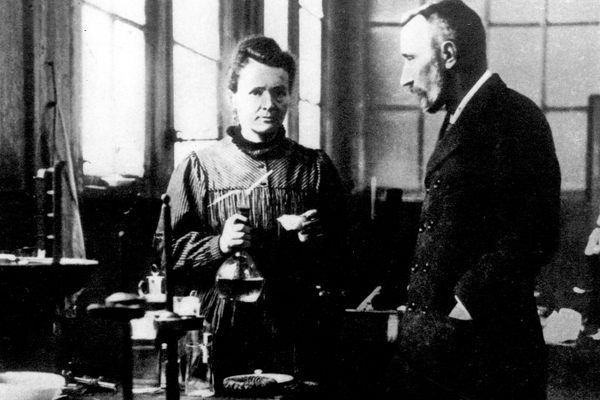The Last Woman to Win a Nobel Prize in Physics Did the Work Without Being Paid
Maria Goeppert Mayer was relegated to unpaid and “volunteer” positions for most of her academic career.

In 1963, Maria Goeppert Mayer won the Nobel Prize for Physics. She was the second woman ever to win the prize. The first was Marie Curie, who won in 1903. The third woman to win is Donna Strickland, who was awarded the prize in 2018 for her work on high-intensity optical pulses (a.k.a. revolutionary laser physics). When she was told she was the third woman to win the physics Nobel, she was surprised. “I thought there might have been more,” she said.
Another surprising and equally disturbing wrinkle of this history of women in science: Maria Goeppert Mayer performed the work that won her physics’ most coveted and prestigious prize while in unpaid and “volunteer” positions. It wasn’t until she was in her late 50s, just three years before she won the Nobel, that a university hired her full-time.
Mayer was born in 1906, and she grew up in Göttingen, a famous German university town full of professors known for their prowess in math. After starting her studies in mathematics, Goeppert Mayer switched to studying physics after becoming fascinated with quantum mechanics. After she moved with her husband, a chemist, to America, she spent years at Johns Hopkins, Columbia University, and University of Chicago, pursuing her work in physics outside of any official academic structure. Today, academic couples are often recruited and hired as a pair, but in the 1930s, universities shied away from giving jobs to the partners of professors—read: their wives, however talented. In Chicago, Goeppert Mayer was made a professor—but not given a salary for her work.
While in Chicago, she dug into her work on the origin of elements, which led to the work that would earn her the prize. She developed what’s known as the “nuclear shell model,” which explains how nuclear particles organize themselves in atoms. She published her groundbreaking work in 1948 in Physical Review. A separate team of scientists had independently come to the same conclusions: She shared the Nobel Prize with them.
By then, Goeppert Meyer had held a paid professorship for just three years. In 1960 the University of California, San Diego, appointed her to a full-time job. Yet, when she won the prize, newspapers identified her as a “San Diego Mother.”

























Follow us on Twitter to get the latest on the world's hidden wonders.
Like us on Facebook to get the latest on the world's hidden wonders.
Follow us on Twitter Like us on Facebook